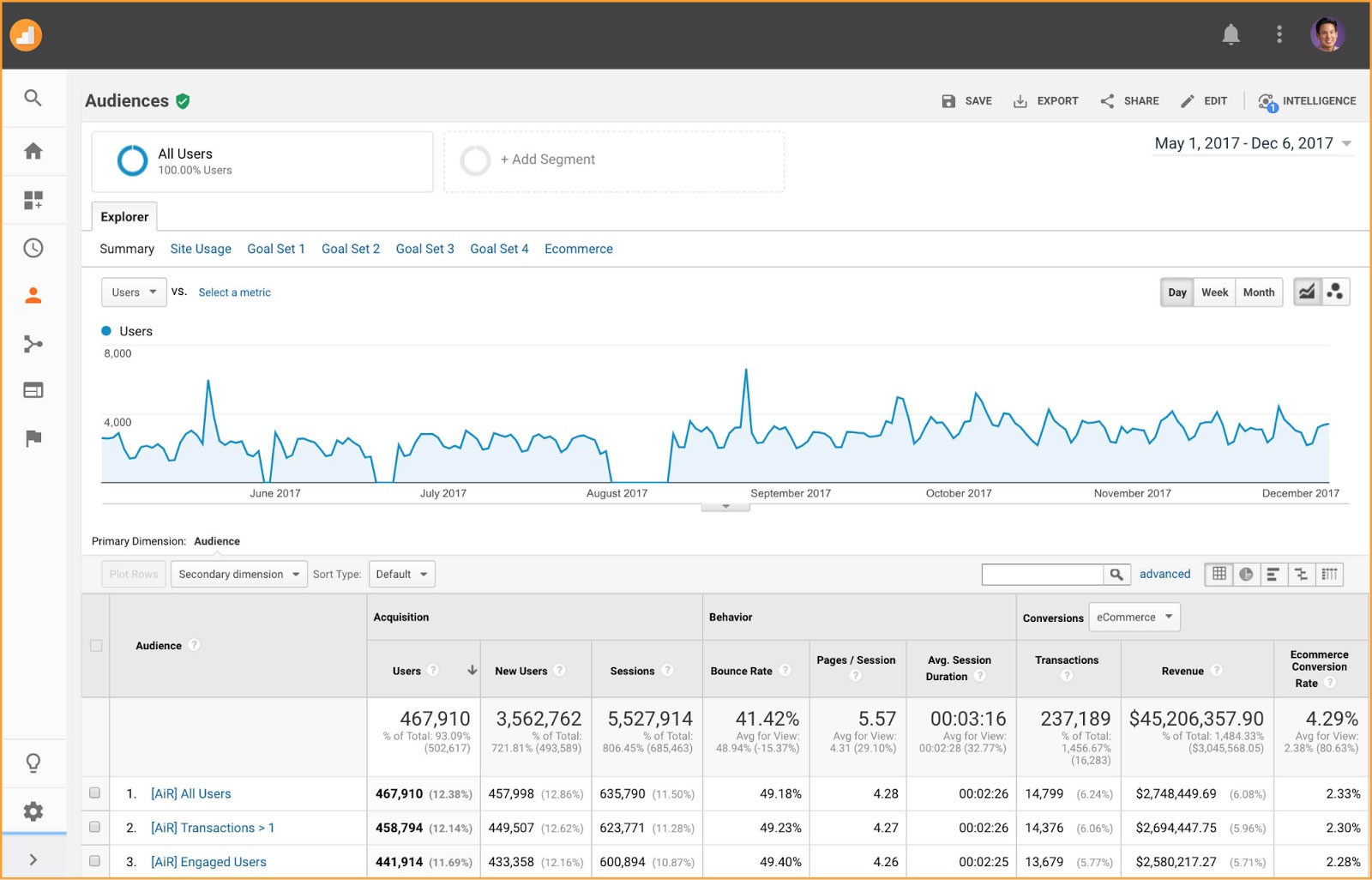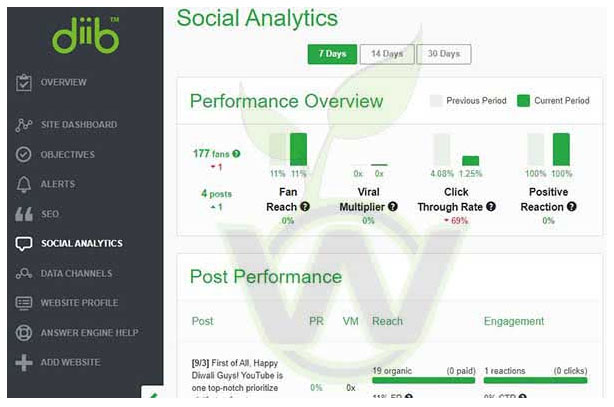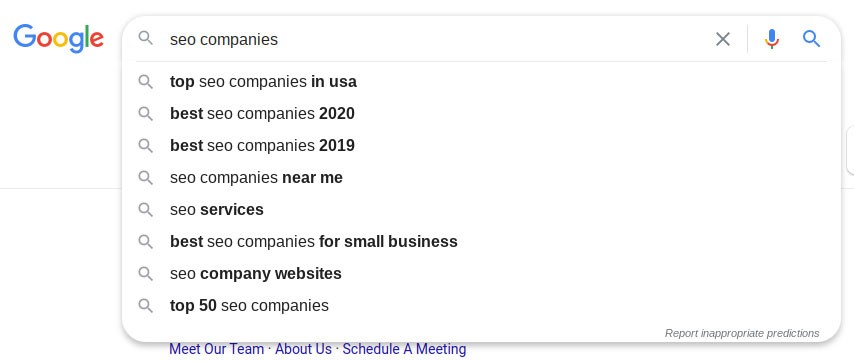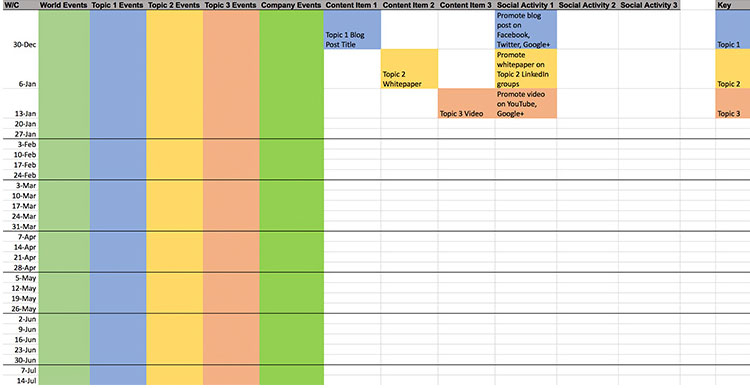Learning how to plan a content strategy is an important part of being a modern marketing professional. You might not end up writing the articles yourself, but you still need to be able to run a coherent campaign that drives you and your clients to success.
If you have multiple clients, making a content strategy template can be a good way to save yourself time and ensure that you can keep producing articles past your initial wave of interest. This guide will help you put together a solid content plan template that doesn’t fail you no matter what kind of client you are working for.
Your Audience and You
Content marketing is all about appealing to the audience, and that means you need to actually understand them. There’s a reason SEO professionals spend so much time researching and looking at analytics; if you understand what the numbers represent, you’ll have a far easier time marketing to your target audience.
Always conduct audience research at the start of a content marketing campaign. Once the content marketing strategy template is in place, conduct fresh market research on a semi-monthly basis to make sure you’re still on the right track.
FACT: Almost 75% of SEOs think content is the most important factor for an SEO-friendly website. (Databox)
Reaching the Right People
Who do you want to respond to your content marketing campaign? It’s important to write content for the customers and clients that you’re looking to attract. Some audiences might be easier to write for, but that doesn’t mean they’re interested in purchasing the final product or service.
Use your existing business data to review who your customers actually are. You can check Google Analytics for a breakdown of the users who have landed on your site, but remember that you’re more interested in paying clients than random visitors. Here is what Google Analytics breakdown will look like:

(Image Credit: Google)
Once you have a good idea of who your audience is, try to find them online. Read the content that they like to read, and consider how your business can fit into their media sphere. Good marketers have an eye for content-creation opportunities; if you see a gap, don’t be afraid to try and fill it.
Creating the Right Content
The first half of good content marketing is understanding your audience. The second half is actually writing the content that they want to read. In order to do this, you’ll need to be able to see from your audience’s perspective and think about the kind of articles that they might be looking for.
Most audiences are looking for either information or entertainment. When you apply this lens to the industry you’re writing for, it’s easy to start generating relevant topics. Remember, you’re not just trying to create an informative or entertaining article; you’re trying to create something that your target audience member would find informative or entertaining.
FACT: 40% of SEOs think companies under-invest in the quality/relevance of their content. (Databox)
Understanding Your Analytics
Analytic reports are one of the best ways to tell if a piece of marketing content was successful. If the article sent more traffic to your landing page – and that traffic resulted in conversions – then the article did the job it was designed to do.
However, because building a brand identity can be so important to a good content strategy framework, it’s important not to disregard articles that set tone without necessarily generating traffic. You can often tell if a piece was well-received by checking the engagement on social media. Articles that are liked, shared, and commented on can be seen as successful, whereas articles that do not see any engagement probably failed for one reason or another. For example, the Diib® social analytics feature can show you exactly how your content is faring within the social realm. Check it out:

You Might Also Like
As you review analytics, remember that the numbers you see were created by audience actions. Try to think about why one article did better than another; was the content simply better, or was the difference entirely in the presentation? The answers to these questions will help you improve your content to create a better relationship with your audience.
Improve your content marketing + SEO in 60 seconds!
Diib uses the power of big data to help you quickly and easily increase your traffic and rankings. We’ll even let you know if you already deserve to rank higher for certain keywords.
- Easy-to-use automated SEO tool
- Get new content ideas and review existing content
- Checks for content localization
- SEO optimized content
- Built-in benchmarking and competitor analysis
- Over 500,000k global members
Used by over 500k companies and organizations:
Syncs with 
Where to Find Content Marketing Inspiration
One of the hardest things about coming up with a content strategy template is finding new inspiration at the start of every month. Article ideas aren’t easy to generate, especially if you’ve been working with the same client for a long period of time. Try these methods to fill your own content strategy example with plenty of interesting topics and ideas.
Browse Online Communities
One of the easiest ways to find inspiration for your content marketing campaign is to visit the online communities where your audience likes to spend their time. Try doing a google search for the keywords and terms that your research has pointed to. Then, visit the sites that pop up, and see what the digital world has to offer. Or, you can enter your keyword in the search bar, the list that follows are other related keyword phrases people are searching for. For example:

Depending on what industry you work in, you might want to explore sites like Reddit and other independent forum communities. Look for categories that are relevant to the content you want to create. Read what other businesses and artists are posting, and take notes on the type of content that you think would fit into that sphere.
Research Your Competitors
Whether they’re successful or unsuccessful, your competition can teach you a lot about the type of content that your audience will respond to. Spend at least a little time browsing your competitor’s pages and reading the articles that they publish. Think about how your company could use similar assets in a way that strengthens your own brand identity.
Sites like Facebook often let you review demographic information for the audiences of specific pages. Use this tool to see who your competitor is writing for; then, decide if their audience truly overlaps with your own.
Create a Content Feed
A regular content marketing strategy needs regular inspiration. Since most professionals don’t have time to continually search for new ideas, many marketers save themselves time by curating an inspirational feed on social media or a similar platform.
RSS feeds are a thing of the past, but most websites share their blog posts on social media. Create a Facebook or Twitter account that’s designed specifically for conducting market research. Follow the sites that are most relevant to your follow new pages on a regular basis; you don’t want to miss out on an up-and-coming industry, and peruse the content regularly to get fresh ideas. Don’t forget to be part of the industry. Here is an example of what a Facebook page could look like:

(Image Credit: Marketing Research)
Building a Content Strategy Framework
Once you know who you’re writing for and what kind of content you want to create, building the actual content marketing strategy template is easier than you think. Follow these steps to build your own content strategy example that works for you and your brand.
1) Decide How Often to Post
How much content does your business need to generate online interest? The answer depends on how big your audience is, how fast your industry moves, and what you’re hoping to achieve from your content marketing strategy.
In general, a business that’s trying to gain clout should publish at least two blog posts a month. This will create a steady stream of content and help you rank higher in search results. If you want to increase your visibility, try posting on a weekly basis.
As you gain popularity and engagement, increase your content schedule to multiple times a week. Use analytics to determine the best days of the week to post. If you notice extra engagement at a certain part of the month, try adding an extra post to your plan.
Posting schedules should never get in the way of timely content. There’s nothing wrong with pushing out an extra blog post to reference a newsworthy industry event. To avoid disrupting your schedule, push out your other posts as normal; too much content is always better than too little. Here is an example of a social media content calendar that may prove useful:

2) Choose Your Content Categories
The next step to developing your content strategy framework is choosing the categories that you intend to write about. Spend some time reviewing your inspirational sources and coming up with the general topics that you see circulating through the media sphere.
As an example, a company that sells beauty products might decide to choose makeup, fashion, and lifestyle as its main content categories. A graphic designer might prefer to write about design philosophy, marketing news, and branding.
These categories probably won’t be shown to the public, so don’t be afraid to come up with as many or as few as you need. Your main goal is to create an organizational framework that you can use to brainstorm more content ideas.
Once your categories are decided, think about how much of your attention each topic deserves. Some topics are easier to write about and will naturally get more articles. Others are important to your industry and deserve airtime even if you’ll need to do extra research. Try assigning a percentage value to each category; then, use those percentages to create a map for the kinds of posts that you’ll need.
We hope that you found this article useful.
If you want to know more interesting about your site health, get personal recommendations and alerts, scan your website by Diib. It only takes 60 seconds.
3) Create a List of Topics
With a schedule and a category structure in place, your next step is to come up with an actual list of topics. Open up a spreadsheet or a text document, and create a section for each of your categories. Then, start listing as many different article ideas as you can think of. Don’t forget to review your inspiration feed for fresh ideas.
Take a break after your first brainstorming session. Then, go through and manage your list of content ideas. Keep the good ones, delete the bad ones, and add anything new that comes to mind. Compare the number of ideas you have in each category to the percentage values you assigned earlier, and decide whether you’ve created a good balance for your blog.
Come back to this brainstorming list on a monthly basis. Add new ideas, and check old ones to see if they’re still relevant to your brand. If you keep the list updated, you should never run out of new articles to design, write, and publish.
Some topics are good enough to generate multiple articles. When this happens, it’s up to you to decide whether to create a multi-part series or simply divide the topic into smaller parts. Don’t be afraid to mine a great topic for content until you’ve completely run out of relevant ideas.
4) Create Your Posts
Once you’re fairly happy with your list of topics, it’s time to pick your favorites and turn them into actual blog posts. If you’re good at writing, you can do this yourself. Otherwise, consider hiring a freelancer to help you out.
If you’re working with a freelancer, make sure to provide the main topic, any relevant keywords, and the general tone for your site. You may want to use a branding guide to help maintain the right voice, especially if you have a well-established brand identity. Creating templates can also help make sure that your articles are consistent in quality.
No matter who writes your blog posts, make sure that you edit them before publication. Spelling and grammar are obviously important, but you should also check for consistent formatting, structure, and general tone. Always read everything you’re about to post; it’s the best way to avoid mistakes that could hurt your brand. Here is a checklist that can help streamline this process:

(Image Credit: Business 2 Community)
5) Work with a Backlog
Have you ever wondered how some bloggers never seem to miss a deadline? The secret of the digital world is that content is almost never as fresh as you think it is. Aside from timely topical posts, almost all blog articles are written several weeks in advance.
When you first create your content marketing schedule, try to plan out your posts at least two months in advance. Plan to have your third month of posts ready by the time the first month has been published; if you stick to this schedule, you’ll always have one month of posts that’s edited and ready to go.
Always have a minimum of one week’s backlogged posts, but never try to write for more than a month in advance. Digital industries can change quickly, and you don’t want to have to scrap old work because it’s no longer relevant.
For You: An Easy Content Plan Template
Do you need a content strategy template that you can use today? Follow these quick steps to get your blog off the ground as soon as possible.
- Posting schedule: Plan to publish one post a week on your company’s blog. Choose a day when you usually get good engagement on social media, and publish your post in the morning to ensure maximum reach.
- Content categories: Write down the top three categories that you think your audience will be interested in. You can review social media analytics to gauge audience response in advance.
- Topic generation: Come up with five to ten topic ideas for each of your content categories. Choose the top three from each list to begin your content strategy.
- Article creation: Write a blog post for every chosen topic. You can also hire a freelancer to do the work for you. Edit the articles to make sure they’re formatted perfectly before they go live.
- Publication: Use your content management system to schedule your completed articles so that they automatically go live over the next few weeks. Try to alternate categories to help maintain a natural flow.
Now that you know how to plan a content strategy, you’re free to adapt these rules to fit the needs of your unique brand and blog. Add new content categories, remove topics that don’t see engagement, and alter your posting schedule to catch your readers when they’re online. As long as you stay involved with your audience, you should have no problem sculpting your content to meet their needs.
Diib®: The Key to an Effective Content Strategy
Whether you are just starting out in the business world or you are a vetted professional, the world of SEO and content strategy is constantly changing. Our analytics are updated daily to reflect these ever changing metrics. Know exactly how your campaign is going, minute-by-minute. Some of the features of our software you’ll love are:
- Keyword and backlink competitor research tools: find exactly which keywords your competitors are ranking for and create content around those keywords.
- Key Metrics: Use Diib® to understand key metrics, like bounce rate and returning visitors, for your specific content.
- Social Integration: See how your Facebook page followers like content you share.
Click here for a free 60 second site analysis or call 800-303-3510 to chat with a Growth Expert today!
FAQ’s
An effective content strategy requires planning, lots of planning. Be creative in your planning and always measure content effectiveness. Does the content meet your predefined business and marketing goals?
A Creative Strategist works with advertising agencies or marketing firms. They are a hybrid between media planner and creative director. Planning a creative and well thought out advertising campaign can be difficult which is why some people hire this out.
Content marketing is still one of the streamline ways to improve your ranking on Google. Creating a content marketing strategy can seem daunting, but can pay off in the end.
The actual time content marketing takes to work depends largely on your business and its unique circumstances. That being said, for the small to medium sized business, a good content strategy can take anywhere from 6 to 9 months.
Generally, it takes quite a bit of time to observe and collect data in any seo and content campaign. It can also be difficult to “catch up” with your competition as they may have been working on their content for years. Continue plugging along at your strategy, and you’ll be on your way.



